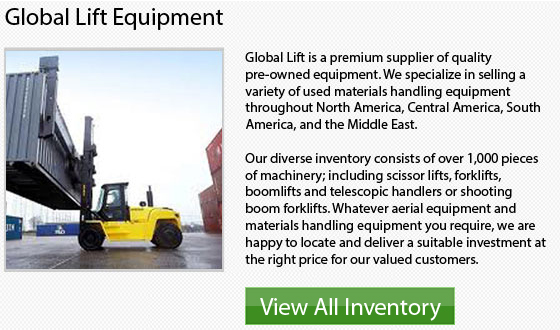
Forklift Truck Classification
Forklift trucks have been working its magic for approximately 100 years now. Even now, this particular piece of equipment is found in every warehouse operation throughout the globe.
The first forklifts were built as a result of manpower shortages that were caused by World War I. Companies like for example Yale & Town and Clark introduced the material handling equipment that utilized powered lift tractors inside their plants. In 1918, Clark saw the potential for these machines and began selling them.
From a simple tractor with an attachment, the forklift design evolved in the 1920s, to a dedicated machine equipped with a vertical lifting mast. The forklift developed and became more sophisticated with World War II. The forklift played an important role during this time in the handling of supplies for different armies throughout the world. It was also during this time that wooden pallets were introduced which solidified the need for the forklift in the material handling industry.
Once World War II ended, the forklift gained momentum and continued to develop. In the 1950s, forklifts which use batteries made an appearance. There were other more specialized forklift models introduced such as the Narrow Aisle Reach truck. This particular type was made by the Raymond Corporation. In the 1960s and 1970s, improvements were made in the electronic controls area. This made forklifts much more versatile and businesses were able to look at warehouse efficiency.
These days, the forklift could be powered by various fuel options like electric battery, diesel, gasoline, compressed natural gas or CNG, LPG or liquid propane gas. The very first hybrid forklift was developed by Mitsubishi. It now runs on lithium ion and diesel battery. This particular model utilizes 39% less fuel compared to existing models. Statistics show that its carbon dioxide emissions are approximately 14.6 tons less compared to those forklift models that are powered by IC or internal combustion engines.